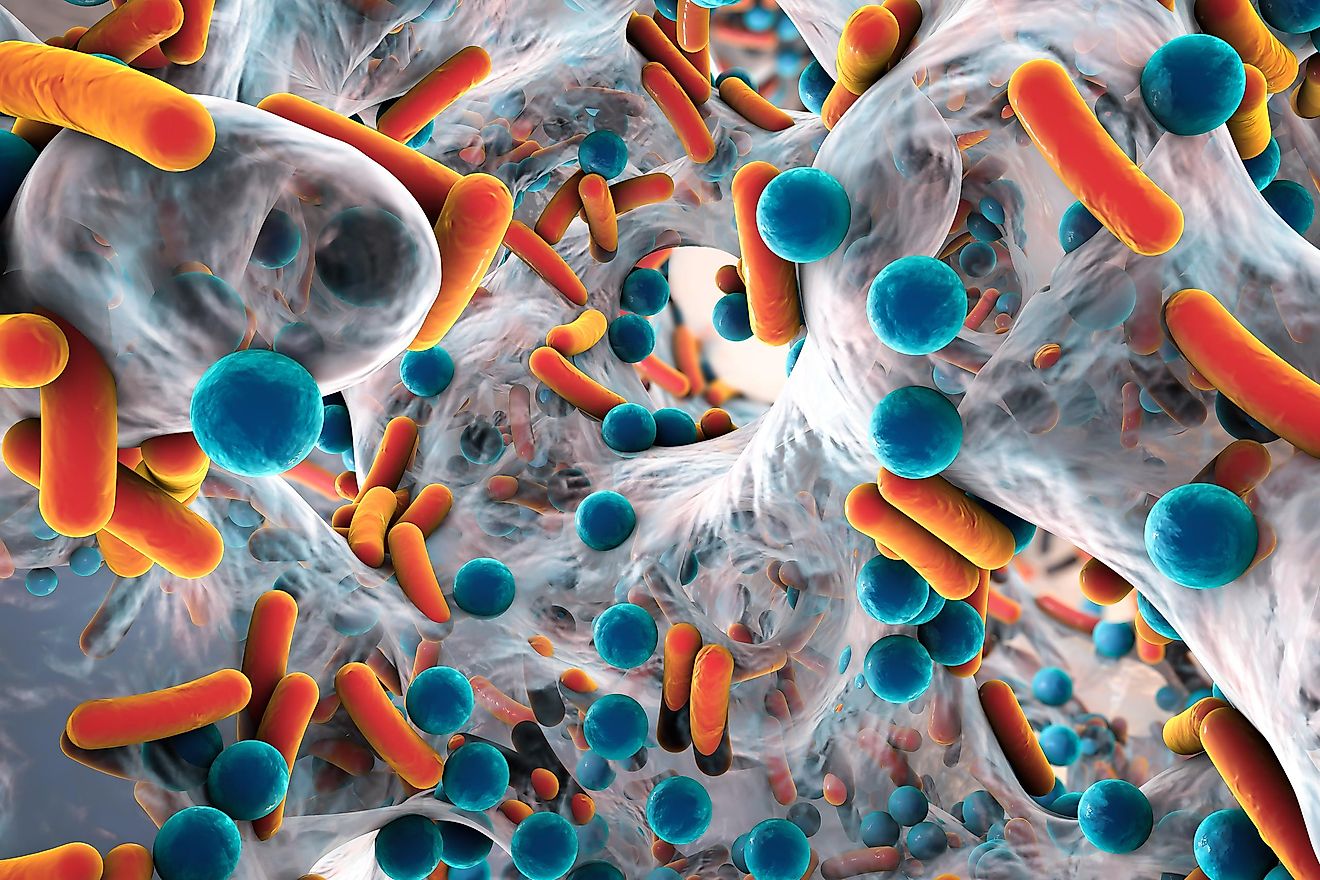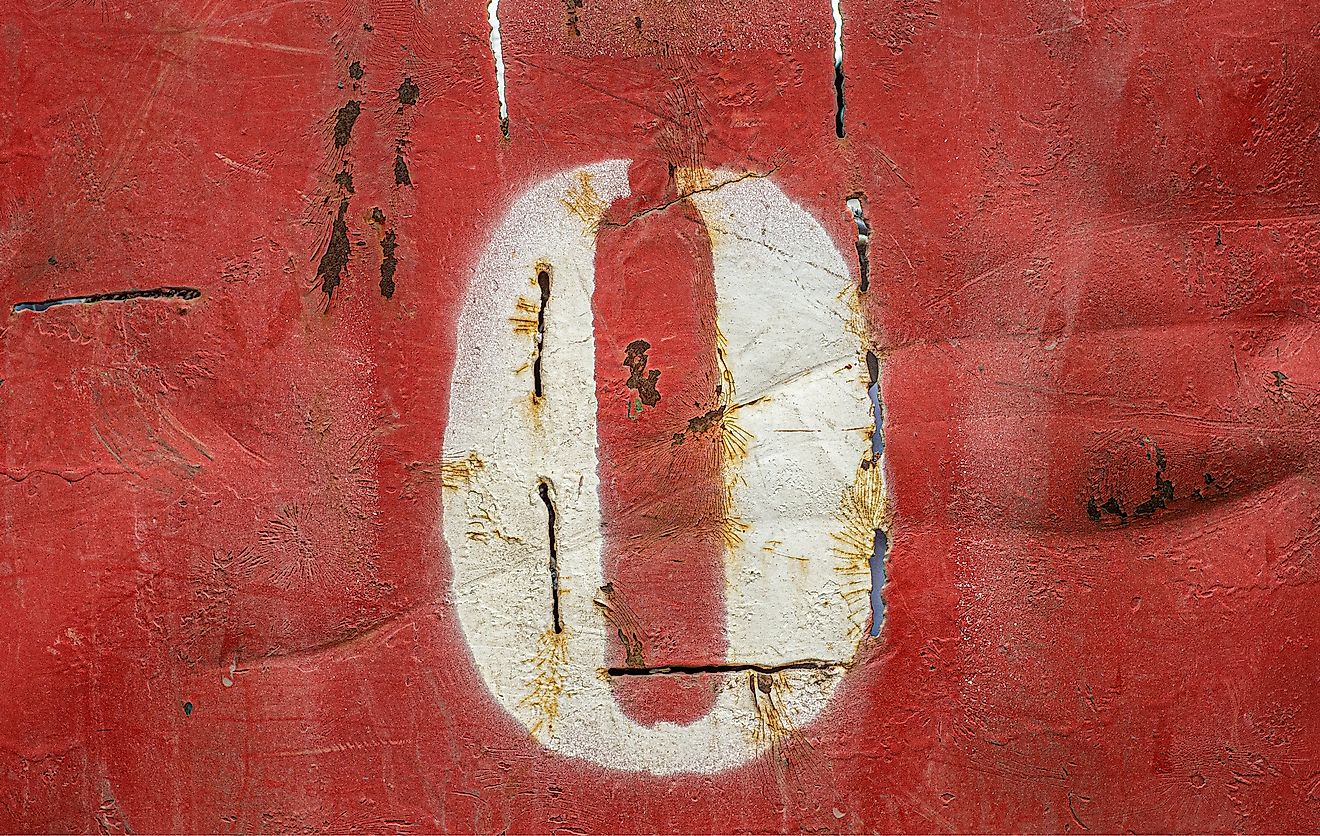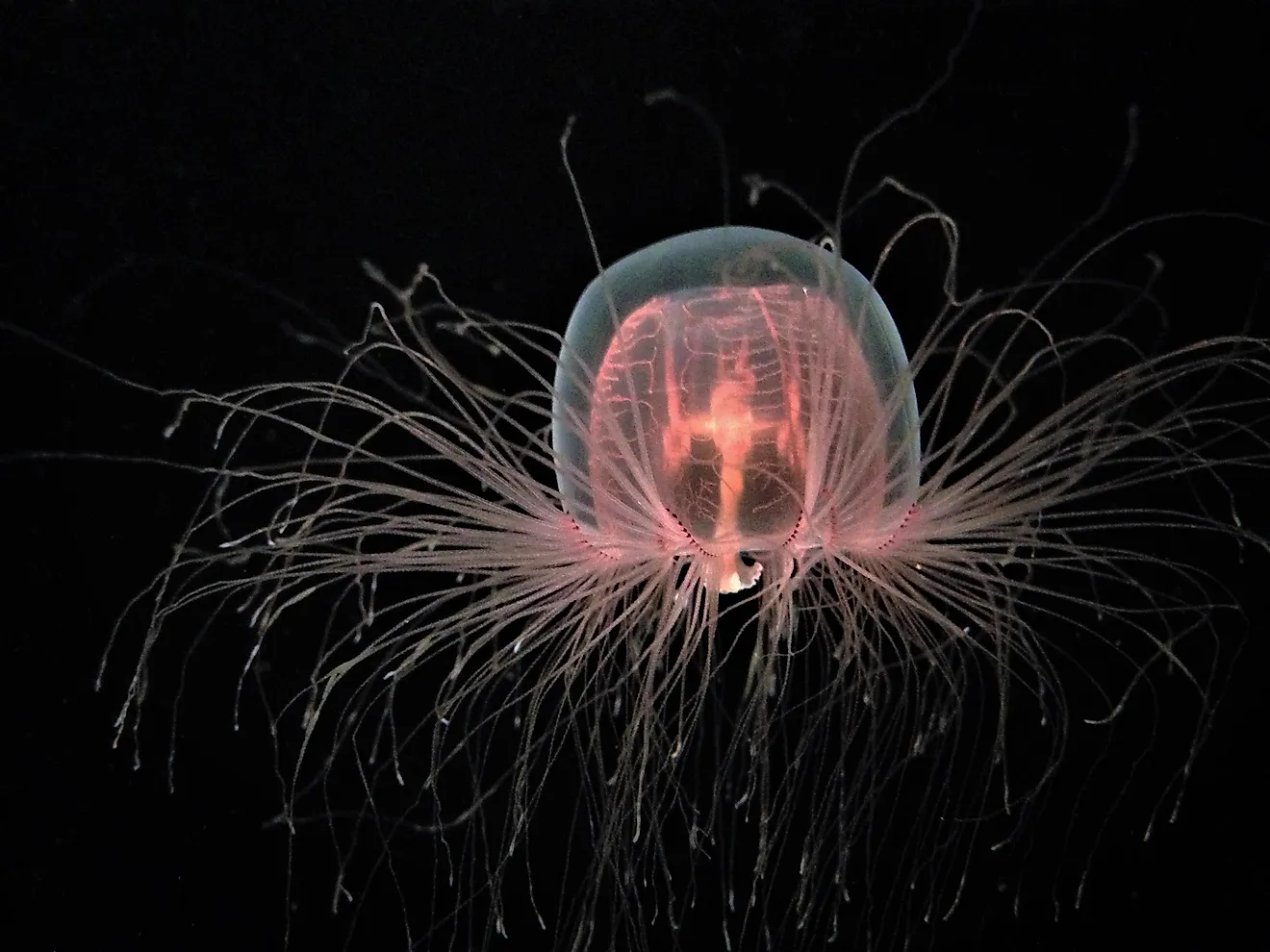What Is A Lab Created Diamond?
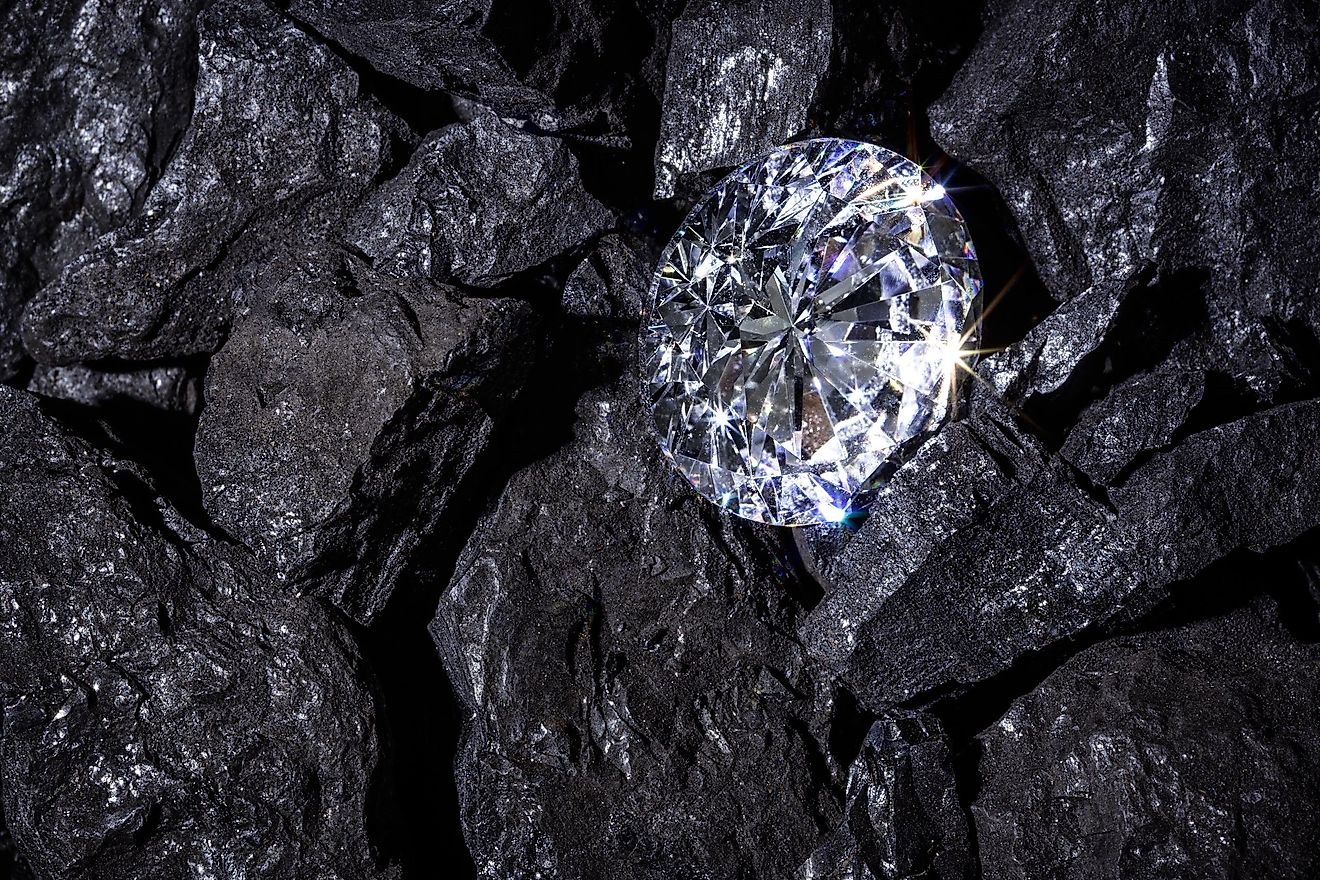
Lab-created diamonds, also known as synthetic diamonds, are the ones that are not created by mother nature. They are made inside a laboratory, where scientists try to replicate the conditions that occur in nature and cause the creation of a diamond.
Real Vs. Synthetic Diamonds
Do not let the ‘’synthetic’’ nature of these diamonds fool you. They are absolutely real, in a sense where they have the same properties of diamonds created in nature. Their chemical and optical characteristics are identical to the real thing. All diamonds are graded within the GIA or AGS scales, which tells us about how pure the diamond is, or how many inclusions affect its clarity.
So, to put it as it is - lab created diamonds are not fake. The only difference between lab and real diamonds is in the way they are made. Inside a lab, scientists can manipulate every step of the way, and one of the most significant differences is in how fast they can make a diamond, compared to the processes that occur in the natural world. To put things in perspective, it will take between 1 and 3 billion years for a diamond to be created naturally. On the other hand, to create a diamond that would be approximately the same size as the one that took a billion years to form in nature, scientists can do it in only 10 to 12 weeks.
Lab Procedures For Diamond Creation
The procedure for creating a diamond inside a laboratory is a highly-controlled one, where the same could not apply for nature, where things depend on geological changes, like the sudden spikes in pressure change and temperature fluctuations.
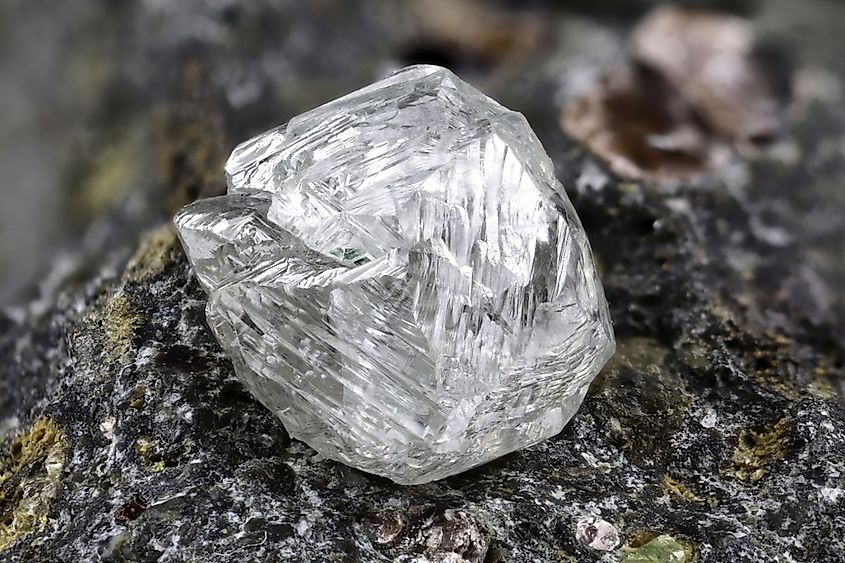
Inside a laboratory, synthetic diamonds are made by one of two methods: HPHT and CVD. HPHT stands for High-Pressure and High-Temperature, while CVD means Chemical Vapor Deposition. HPHT is a method that is the most inexpensive one. In a nutshell, synthetic diamonds are created in a process in which large presses are used to create immense amounts of pressure. This pressure goes up to 5 GPa (Gauge Pressure), and the temperatures rise to 1500 °C/2732°F. In the CVD procedure, the carbon atoms are transformed with the help of carbon plasma.
Alternative Methods For Lab Creation Of Diamonds
There are two more methods but are either not widely used, or not used for commercial purposes. One of them is called detonation synthesis, a process in which nano-sized diamonds are born when an explosive that contains carbon detonates. Finally, scientists can produce lab diamonds using powerful ultrasounds. However, this sonication method is not viable due to the high costs of the equipment.
One interesting thing is that synthetic diamonds are way cheaper than their natural made cousins. Lab diamonds cost around 30% less than the real thing, and yet, their beauty and characteristics are absolutely the same. The only thing is it did not take them billions of years to create, which is the main appeal of the real diamonds.





